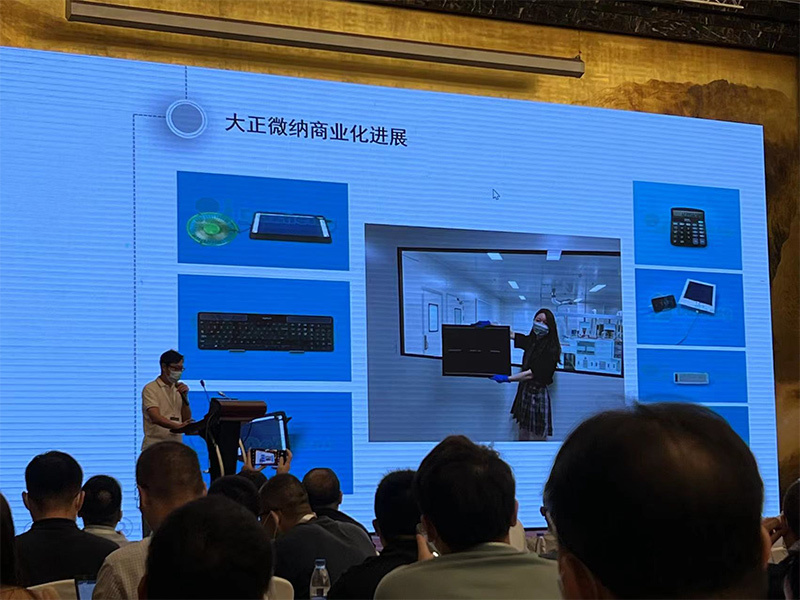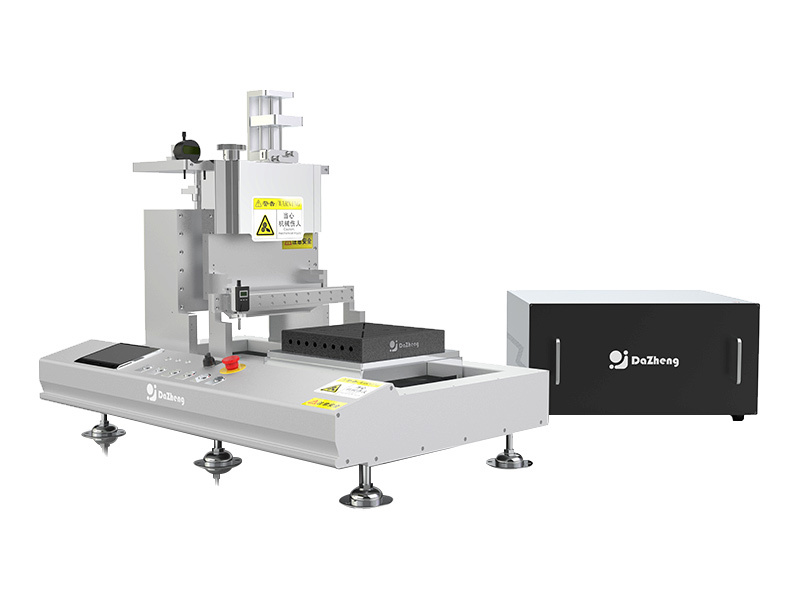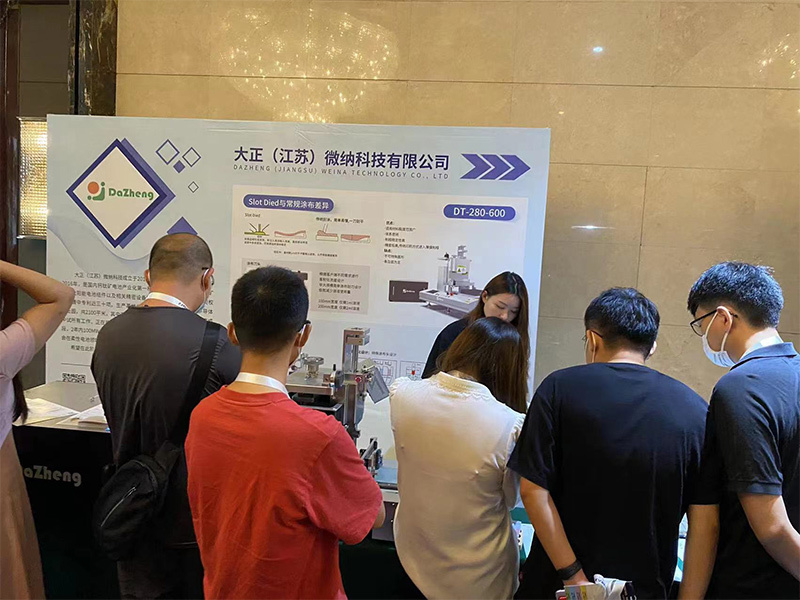DaZheng attended the 4th Heterojunction, Perovskite & Tandem solar cell Forum
From August 25 to 26, 2022, the 4th Heterojunction, Perovskite & Tandem solar cell Forum was held in Changzhou, Jiangsu Province. The 4th Heterojunction, Perovskite & Tandem solar cell Forum aims to discuss the outlook of photovoltaic industry in the background of carbon neutral, focusing on the optimization of heterojunction cell technology, key links and equipment cost reduction, and explore the comprehensive development level of heterojunction, perovskite and tandem solar cells, as well as the market potential in the hot field of photovoltaic.
Yu Wang, the general manager of Dazheng company, was invited to make a speech, sharing the development situation and market prospects of the flexible perovskite solar cell technology, and jointly promoting the marketization of next-generation technology and products.
Dazheng’s general manager Yu Wang made a speech on the forum


Perovskite solar cells are the use of perovskite type organic metal halide semiconductors as light absorbing materials of solar cells. They are representatives of the third generation of efficient thin film solar cells. With good light absorption, charge transfer rate and huge development potential, they have achieved high efficiency, high flexibility and low cost, and are known as "new hopes in the photovoltaic field". Its downstream market is broad, and it is expected to take the lead in the BIPV field, and further apply to photovoltaic power stations, adjacent spaces and other scenarios.
At the same time, the high-precision slot die coating machine independently developed by Dazheng was also exhibited in the forum. Through the accumulation of research on materials and hydrodynamics, Dazheng realized the preparation of four consecutive layers of nano thin films in liquid phase, and stably realized the preparation of perovskite thin film cells. This has also successfully broken the technical barrier that thin film cells rely heavily on high vacuum physical/chemical deposition equipment in Europe and the United States. After the current research and development and sales of high-precision slot die coater, the independent production of core equipment has been realized.
Forum and exhibition photos


Performance characteristics of Dazheng slot die coating machine
1. Preparation of liquid phase coating of four consecutive nm-grade thin films;
2. Suitable for the solution system with different viscosity, range: 0.7 ~ 50000 cps;
3. Fast coating rate and high uniformity of coating;
4. Greatly reduce the production cost of products and improve the product competitiveness.
Related news
Recently, Dazheng Weina (Jiangsu) Technology Co., Ltd. (hereinafter referred to as "Dazheng Weina") successfully secured over 100 million yuan in its Series A3 funding round. Notably, the "Future Creation No. 3 Fund" from SPARX Asset Management Co., Ltd.—one of Japan's largest venture capital funds—led the investment, while funds under Guoxing Investment continued to increase their stake.
The 4th Perovskite Technology, Equipment, and Materials Forum 2025, hosted by Asia Chemical Consulting, was officially held in Suzhou from October 14 to 16.
The 2025 Global Perovskite Industry Development and Future Applications Forum, hosted by the perovskite factory and co-organized by Fina Optoelectronics and Qingdao Institute for Green Development, officially kicked off in Qingdao, Shandong, from September 24 to 26.








